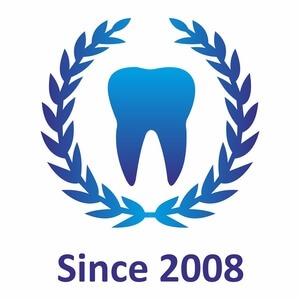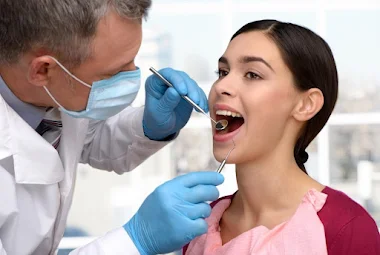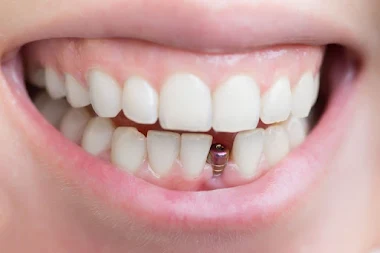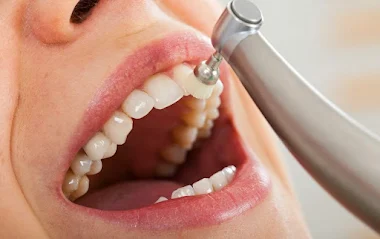Excellent
Based on 282 reviews

tanvi soni
2023-10-15
That's wonderful job and finally satisfaid

Poonam jangir
2023-10-15
I did my dental checkup at Jalaram Dental. Clinic. Doctor gave good consultation and advise.

sapna Rai
2023-10-15
Nice experience

Awadesh Rai
2023-10-15
Very Good Experience.Staff was supportive.

Sukhdev Nikaju
2023-10-15
Nice staff and good suggestion

Jinuchili Manseta
2023-10-06
Su




